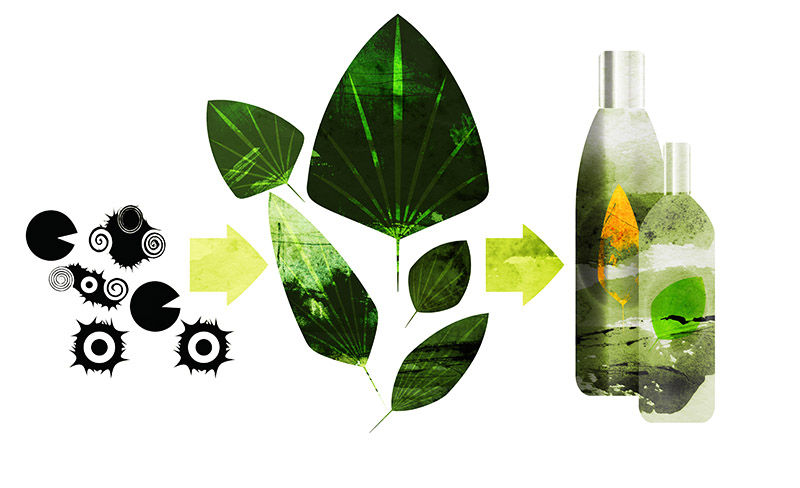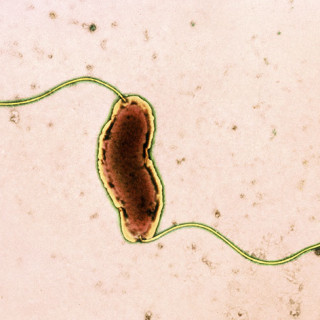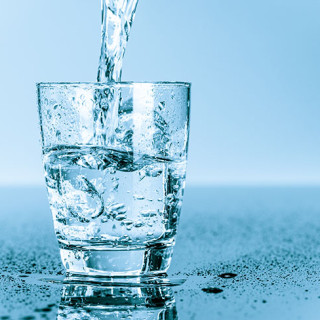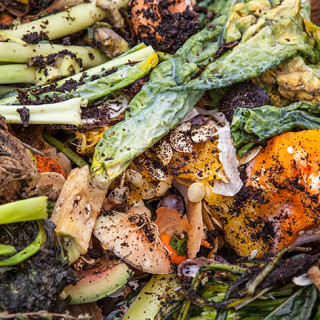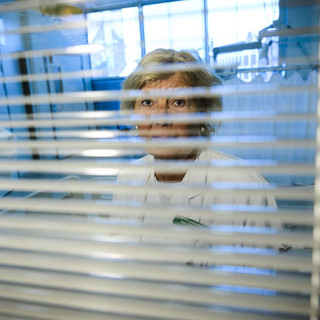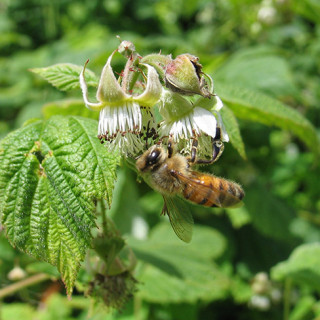Stomach bacteria can produce green chemicals
Lactic acid bacteria are not only good for the stomach. Researchers have discovered that they are also a wiz at producing green chemicals.
THE DEMAND FOR ENVIRONMENTALLY FRIENDLY chemicals and sustainably developed products is increasing. Nevertheless, basically all so-called platform chemicals are made by crude oil and natural gas. Platform chemicals are a set of chemicals that because of their versatility can be used to produce plastics, paint additives, textiles, hygiene products, medicines and other products needed by society.
Many researchers now believe and hope that renewable raw materials from plants can do the job instead. One way to convert plants and forest and agricultural waste into useful chemicals is by adding hungry microorganisms. The challenge is to find bacteria that will provide the highest return.
“As it turned out, lactic acid bacteria had the right properties. They were both hungry and tenacious. The return increased from a few per cent to nearly one hundred!” says Ramin Sabet Azad, researcher in Biotechnology at the Lund University Faculty of Engineering.
“Lactic acid bacteria are both hungry and tenacious”.
HOWEVER, THERE WAS A GLITCH. Lactic acid bacteria are expensive to grow. Therefore, Ramin Sabet Azad transferred the genes that contributed to the favourable properties to another bacterium, Escherichia coli, which is both cheaper to cultivate and grows faster than the lactic acid bacterium. The transfer proved to be excellent.
Ramin Sabet Azad added his genetically modified bacteria to glycerol. Glycerol is a relatively inexpensive by-product from the conversion of vegetable oils into biodiesel. From glycerol you first get the molecule 3-HPA that bacteria consume and convert into 3-HP, which is a useful platform chemical.
THIS RESEARCH AREA IS RED HOT and many groups around the world are conducting research on the same subject.
“This method is little short of generating the maximum return of 3-HP. The method can also be applied to produce a type of bioplastic. Bioplastics are a substitute to the plastics that we now get from oil”, says Ramin Sabet Azad.
The research results show that the new method is applicable in an industrial context, but needs some improvements with regard to the amount of 3-HP.
“By improving the manufacturing process, we hope to reach higher concentrations of the product, and to make it financially viable to use our process for a large-scale production of 3-HP”, he says.
The research has been conducted in a collaborative project between Lund University and a number of businesses.
Text: Kristina Lindgärde
Published: 2015
Illustration: Catrin Jacobsson
Facts
-
Green chemicals
-
Green chemicals are made from biological, sustainable raw materials, unlike chemicals that are made from fossil fuels such as crude oil and natural gas.
-
Bioplastics
-
Bioplastics can today be made from wastewater, plants, forest and agricultural waste, poultry feathers, wood and more.
-
3-HPA
-
3-HPA is an abbreviation of the aldehyde 3-Hydroxypropionaldehyde, a molecule produced as a partial step in the conversion of glycerol into 3-HP.
-
3-HP
-
3-HP is an abbreviation of the organic acid and platform chemical 3-Hydroxypropionic acid.


